An Overview of Sisal Fibre
Last updated on September 28th, 2023 at 09:48 pm
Introduction
Sisal is an Agave sisalana that yields a stiff fibre traditionally used in making twine, rope, and also dartboards. (The term may refer either to the plant or the fibre, depending on context) It has often been incorrectly referred to as sisal hemp because hemp was for centuries a major source for fibre, so other fibres were sometimes named after it.
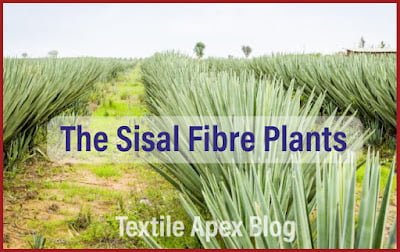
The plant’s origin is uncertain; while traditionally it was deemed to be a native of Yucatan, there are no records of botanical collection from there. Sentry hypothesized a Chipas origin, on the strength of traditional local usage. In the 19th century, sisal cultivation spread to Florida, the Caribbean islands and Brazil, as well as to countries in Africa, notably Tanzania and Kenia, and Asia. The first commercial plantings in Brazil were made in the late 1930s and the first sisal fibre exports from there were made in 1946. It was not until the 1960’s that Brazilian production really excellent and the first of many spinning mills were established. Today Brazil is a major world producer of sisal. There are both positive and negative environmental impacts from sisal growing.
Traditionally used for rope and twine, sisal has many uses, including paper, cloth, wall covering,s and carpets.
Nature of Sisal Plant
Sisal plants consist of a rosette of sword-shaped leaves about 1.5 to 2 meters long. Young leaves may have a few minutes thin along their margins, but lose them as they mature. Sisal are sterile hybrids of uncertain origin; although shipped from the port of sisal in Yucatan (thus the name), they do not actually grow in Yucatan the plantations there cultivate henequen (Agave fourcroydes) inside. Evidence of an indigenous cottage industry in Chipas suggests it as the original location, possibly as a cross as Agave agustifolia and Agave kewensis.
Propagation of sisal is generally by using bulbils produced from buds in the flower stalk or by suckers growing around the base of the plant, which is grown in nursery field until large enough to be transplanted to their final position. These methods offer no potential for genetic improvement. Invitro multiplication of selected genetic material using meristematic tissue culture (MST) offers considerable potential for the development of the improved genetic material.
The sisal plant has a 7-10 years lifetime and typically produces 200-250 commercially usable leaves. Every leaf has an average of around 1000 fibres. The fibers account for only about 4% of the plant by weight. Sisal is considered a plant of the tropics and subtropics since production benefits from temperatures above 25 degrees Celsius and sunshine.
Sisal Fibre
Fibre is extracted by a process known as decortication, where leaves are crushed and beaten by a rotating wheelset with blunt knives so that only fibre remains. In East Africa, where production is typically on large estates, the leaves are transported to a central decoration plant, where water is used to wash away the west material. Then the fibre is dried, brushed, and baled for export. Superior quality sisal is found in East Africa, once washed and decorated. Proper drying is important as fibre quality depends largely on moisture content. Artificial drying has been found to result in generally better grades of fibre than sun drying but is not feasible in the developing countries where sisal is produced. In the dryer climate of northeast Brazil, sisal is mainly grown by smallholders and the fibre is extracted by teams using portable raspadors which do not use water. Fibre is subsequently cleaned by brushing. Dry fibres are machine combed and sorted into various grades, largely on the basis of the previous in-field separation of leaves into size groups.
Impact on Atmosphere
Sisal farming initially caused environmental degradation; because sisal plantations replaced negative forests, but are still considered less damaging than many types of farming. No chemical fertilizer is used in sisal production, and although herbicides are occasionally used, even this impact may be eliminated, since the most wedding is going by hand. The effluent from the decortication process causes serious pollution where when it is allowed to flow into watercourses. In Tanzania, there are plants to use the waste as biofuel.
Uses of Sisal Fibre
Traditionally, sisal has been the leading material for agricultural twine (binder twin and baler twin) because of its strength, durability to stretches, affinity for certain dyestuffs, and resistance to deterioration in saltwater. But the importance of this traditional use is diminishing with competition from polypropylene and the development of other haymaking techniques, while new higher-valued sisal has been developed. Apart from ropes, twin and general cordage is used in low-cost and specialty paper, dartboards, doffing cloth, filter, and geotextile, mattresses, carpets, handicrafts, wire rope cores, and Macramé. In recent years sisal has been used as an environmentally-friendly strengthening agent to replace asbestos and fiberglass in composite materials in various uses including the automobile industry.
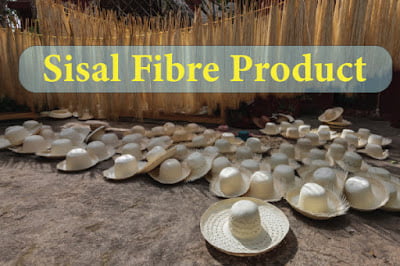
The cheap grade fibre is processed by the paper industry because of its high content of cellulose and hemicelluloses. The medium-grade fibre is used in the cordage industry for making ropes, baler, and binders twine. Ropes and twines are widely employed for marine, agricultural, and general industrial use. The higher-grade fibre after treatment is converted into yarns and used by the carpet industry.
Other products developed from sisal fibre include spa products, cat scratching posts, lumbar support belt, rugs, slippers, and cloth and disc duffers. Sisal wall covering meets the abrasion and tearing resistance standards of the American Society for Testing and Materials and of the National Fire Protecting Association.
Despite the yarn durability sisal is known for, slight matting of sisal carpet may occur in high traffic areas. Sisal carpet does not build up static nor does it trap dust, so vacuuming is only the maintenance requires. High spill areas should be trapped with a fibre sealer and spot removal, dry cleaning power is recommended for that area that receives wheat spill, or rain or snow. Sisal is used by itself in carpet or in blends with wool and acrylic for a softer hands.
As extraction of fibre uses only a small percentage of the plant, some attempts to improve economic variability have focused on utilizing the waste material for the production of biogas, for stock feed, or by the extraction of pharmaceutical material.
Production Patterns
Global production of sisal fibre in 2007 amounted to 240 thousand tons of which Brazil, the largest producing country, produced 113,000 tons.
Tanzania produced approximately 37,000 tons, Kenya produced 27,600 tons, Venezuela 10,500 tons and 9,000 tons were produced in Madagascar. China contributed 40,000 tons with smaller amounts coming from South Africa, Mozambique, Haiti and Cuba. Sisal occupies 6th place among fibre plants, representing 2% of the world’s production of plant fibres.
As one of the world’s important natural fibres, sisal is covered by activities of the International Year of Natural Fibres 2009.
Coasts of Arms
The sisal plant appears in the arms of Barquisimeto, Venezuela.
You may also like: What is Nylon Fibre | History of Nylon Fibre

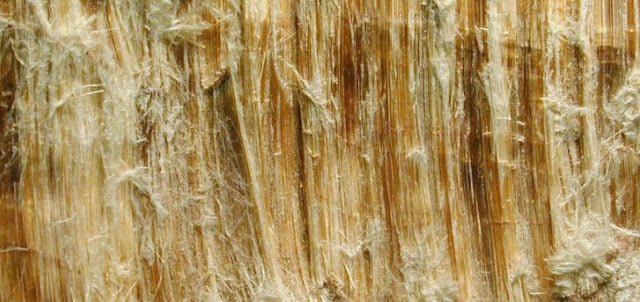
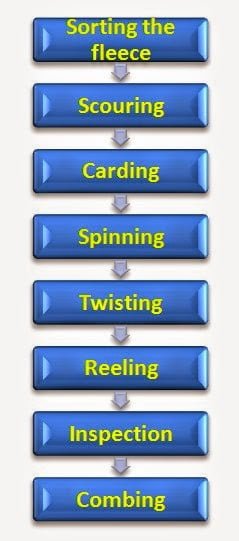
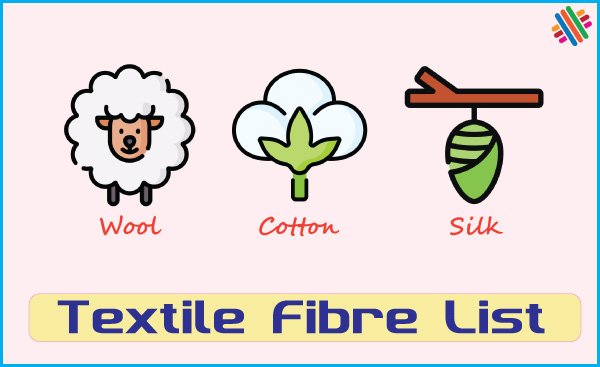
Nice article… I'm copy-pasting it for my college assignment. Thanks.
🙂
I have my own blog for Programming. If you are interested, Have a look at it. 🙂
https://batchprogrammers.blogspot.com
Sisal carpet and sisal rope supplier and manufacturer does not shape up still nor does it trap powder, so vacuuming is only the upkeep needs. High spill areas should be trapped with a fibre supplier and spot elimination, a dry housework power is optional for that area that accept wheat spill, or rain or snow.
Thanks for your valuable article.
Be with us brother… Thanks
One thing is that if you find yourself searching for a education loan you may find that you’ll want a co-signer. There are many circumstances where this is true because you might find that you do not employ a past history of credit so the financial institution will require that you have someone cosign the credit for you. Thanks for your post.
What Does ‘Dying of Old Age’ Really Mean?
Please tell me more about your excellent articles